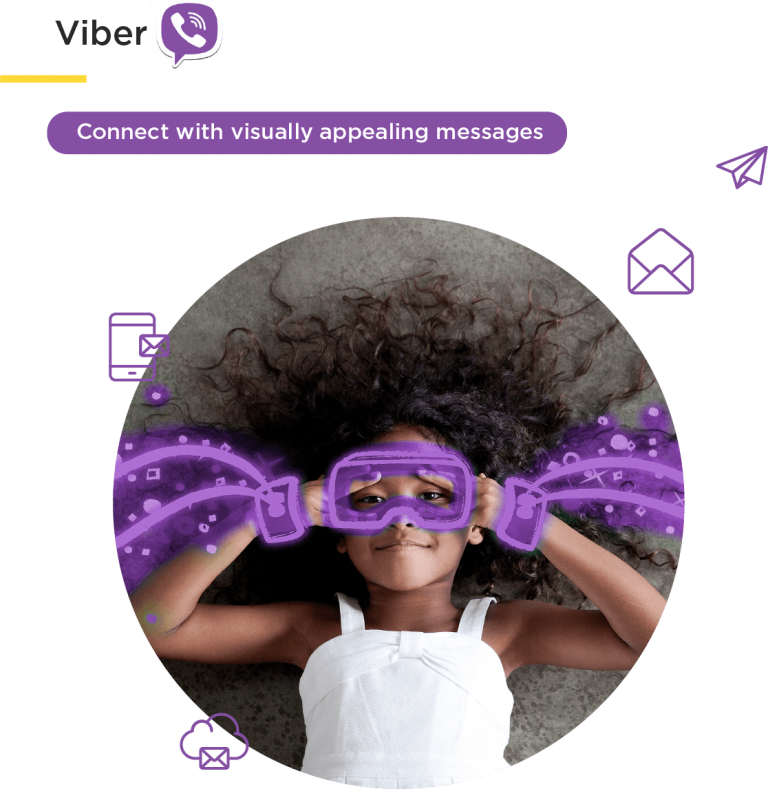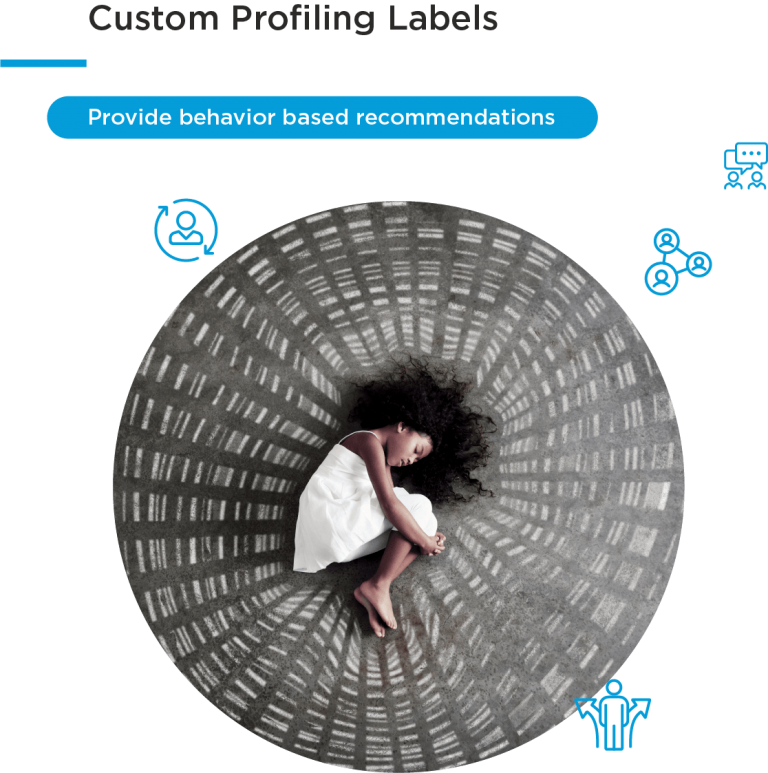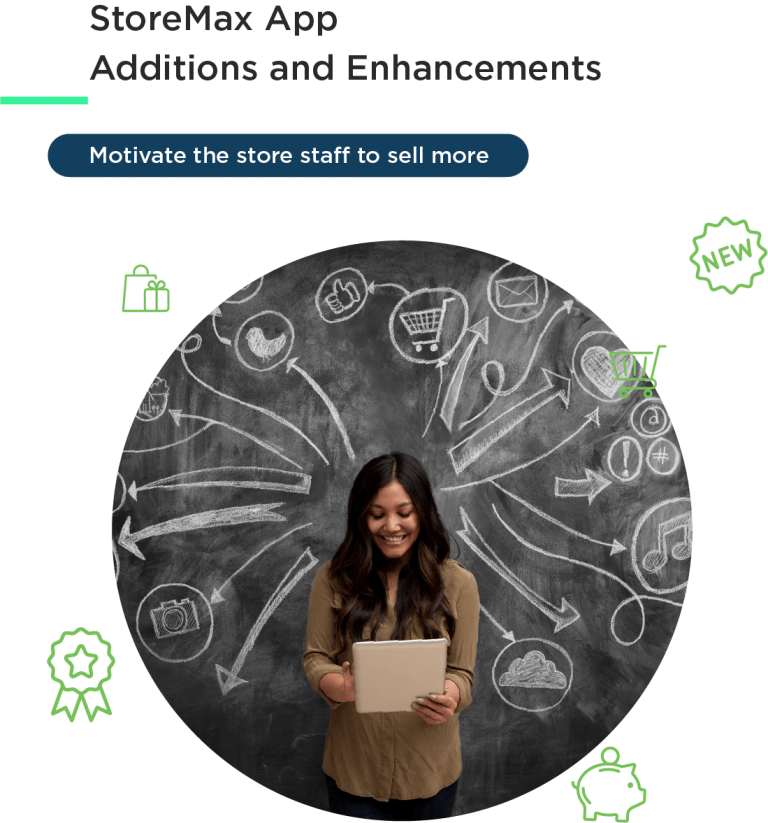With every brand trying to sell you something, it’s no surprise that the Internet is chock full of content and marketing messages.
But which messages or ads do you really remember?
If you spend some time thinking about it, you’ll notice that it’s usually something that you connected with at a personal or emotional level.
Unfortunately, very few brands have mastered this art. Here are a few examples that became popular because of effective communication that people could connect to.
Burger King’s Day Without Whopper campaign to support McDonald’s Children with Cancer Day promotion appealed to the emotional senses of the people. This helped Burger King gain a lot of publicity where they focused on being a humane brand rather than sales.
Dove’s “Real Beauty Sketches” Campaign created an empowering ad for women to look beyond their perception of themselves. The focus of this ad was not to sell the product but to make women feel great about their looks. It was so powerful that women connected with the brand at an emotional level.
Communication, if done in the right way, can spark revolutions, break cultural barriers, prevent wars, and inspire millions.
At Capillary, we believe effective communication is the key to building long term brand-customer relationships. To this effect, we have released multiple features this month to help you communicate effectively with your customers and increase conversions.
Capillary has always focused on providing the right platform for brands to effectively communicate through the channels that strike a chord with their audience. After the recent enhancements to LINE, we have now added Viber as a communication channel within Engage+. Viber enables brands to interact with customers in a secure way using messages and stickers.
Viber is a cross-platform voice over IP (VoIP) and instant messaging (IM) app used by more than 1 billion users worldwide. Marketers can easily form one to one connections with their customers (especially millennials and Gen-Z) by making the conversations more personal and creative, leading to high engagement rates.
It is immensely popular in Russia, the Philippines, Vietnam, etc. The low-cost acquisition model that is priced less than the traditional SMS makes it a great channel for businesses to go after while engaging the audience with rich content.
Understanding a friend better will require us to know their personal details, likes, dislikes, interests, etc. The same approach works for businesses as well. And hence the need to capture data from customer activities, touchpoints and brand interactions. This helps them to know their customers better and personalize their communication to make it more effective. The brands can form relationships with their customers at a personal level by leveraging this data in a secure way.
Capillary has added a new feature of creating and adding custom labels to customer communications based on their interactions with your brand. It goes beyond standard message customization labels by adding custom labels using the data captured and shared with Capillary. It will enable you to personalize and make every customer conversation relevant inline with their shopping experience.
Use Cases
- Brand Y can send a personalized message to all customers who have clicked on Notify Me for the Out Of Stock products. The message can contain the specific product item they had shown interest in with a link to complete the purchase journey.
- Brand X can create a custom label for customers who wishlisted a specific product online. This label can be used to personalize communication with an irresistible offer to encourage them to make the purchase.
Communication, as we know, is essential in every area of the organization – to build loyal customers and motivate employees to work better and achieve the organizational goals.We have added new features within the Storemax app that are tailored to each store employee to showcase their performance and encourage them to sell more with engaging games.Gamification – An achievement-based badges game can be used to award different badges to the store employees based on their performance within a specified time such as 30 days. The movement from one badge to another keeps the staff engaged and motivated.Leaderboard – A rank-based list is another addition to elevate employee productivity and automate their rewards and recognition. The leaderboard displays each employee’s sale numbers, keeping the ones who have made the highest sale at the top to promote healthy competition between staff.Reporting – The reports app within Storemax app has been enhanced to view the progress by each store for a specified duration of time – day, week, or month. This enables marketers to understand the busiest days of the week based on the data and make key business decisions to allocate the right staff and provide a great experience to the shoppers.
Conclusion
A very few things can match the sheer transformative power of communication. Marketers are the brand’s flag-bearers to promote the products/services with not just push selling but getting into a customer’s shoes to understand their feelings and emotions. Remember, conversations win the hearts, mere content does not.


 Communication, as we know, is essential in every area of the organization – to build loyal customers and motivate employees to work better and achieve the organizational goals.We have added new features within the
Communication, as we know, is essential in every area of the organization – to build loyal customers and motivate employees to work better and achieve the organizational goals.We have added new features within the